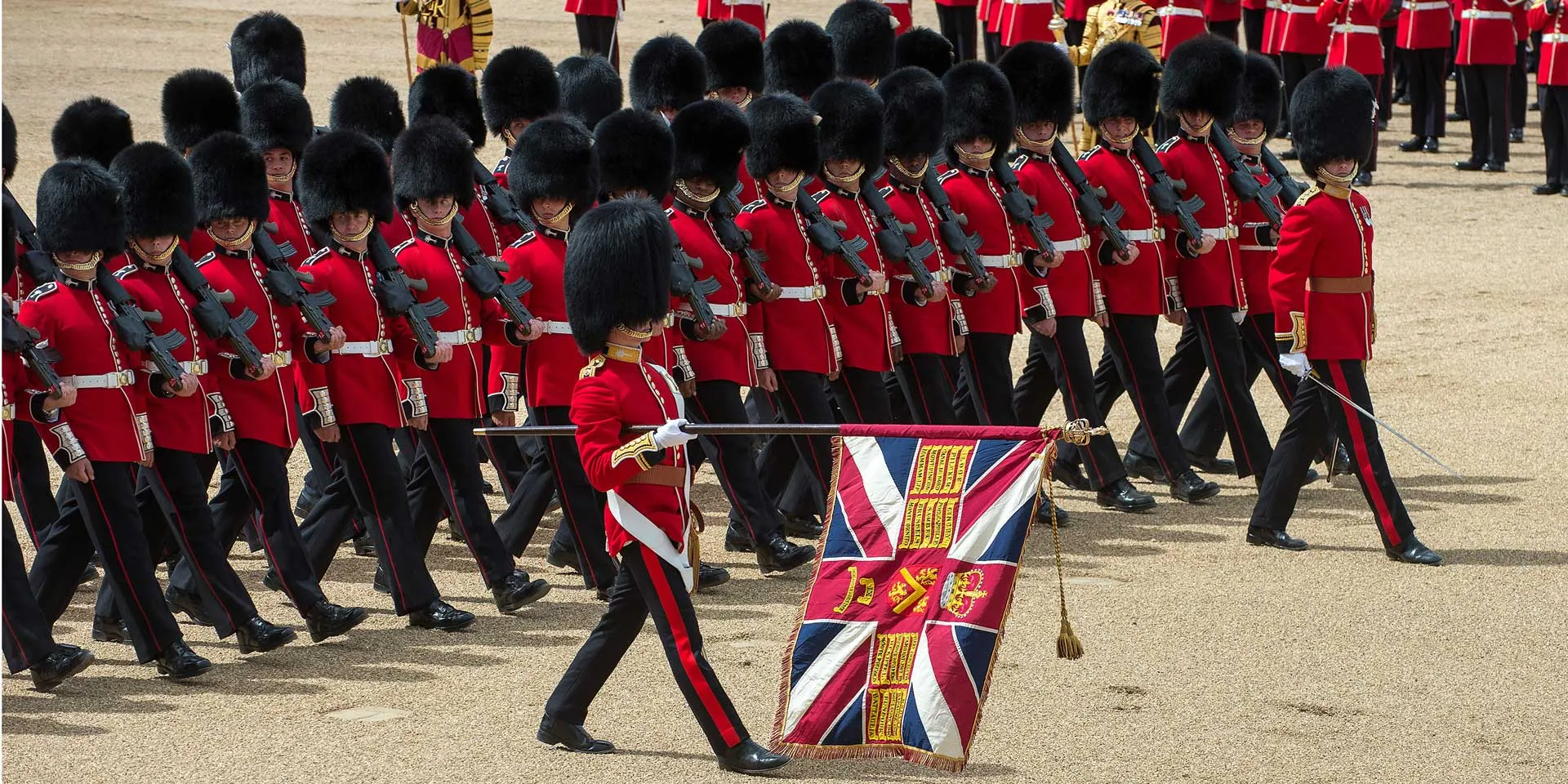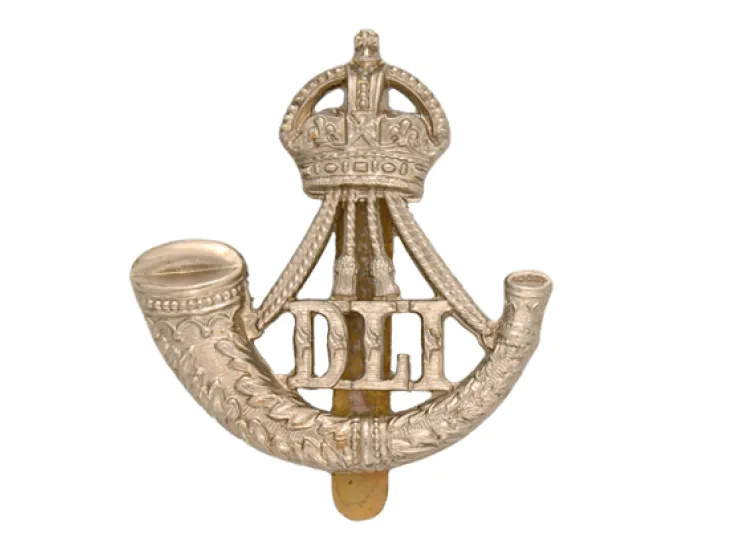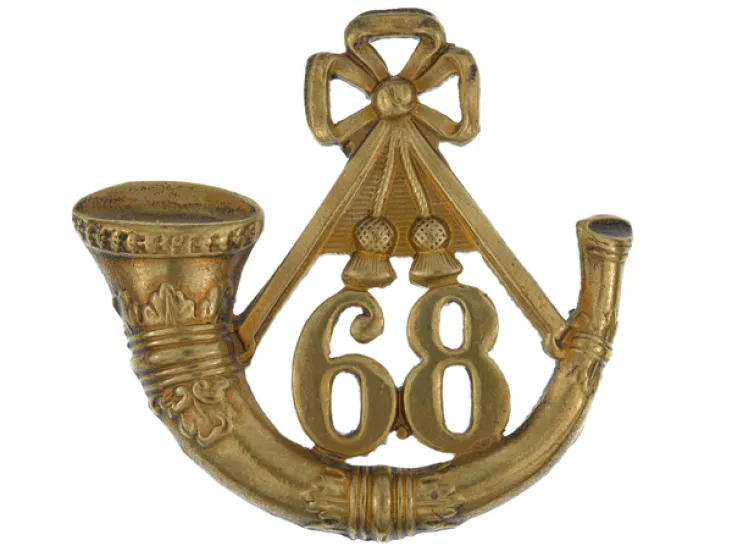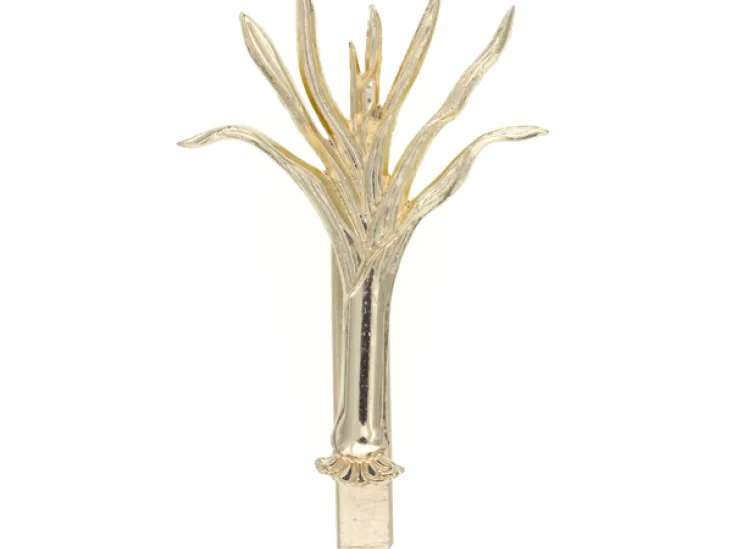Formed in 1939, this is the overall corps for the armoured units of the British Army. Equipped with tanks and other armoured fighting vehicles, its formations have served in many campaigns, including the recent wars in Afghanistan and Iraq.
explore this story















